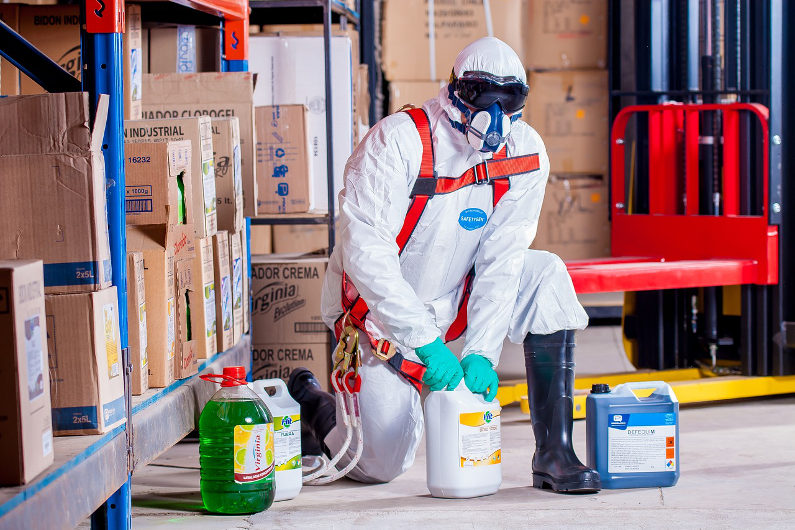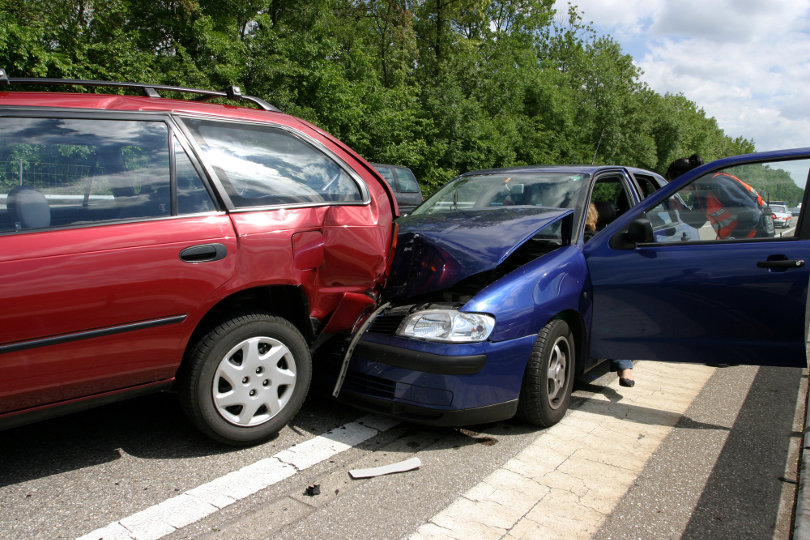Manufacturers must follow OSHA regulations and ensure their workers avoid workplace accidents and injuries. Risk mitigation practices prevent the workers from becoming injured because of employer failures. When identifying common risks, the manufacturer must set up methods of planning ahead to stop accidents. In a manufacturing environment, however, there are unexpected risks that can emerge with no warning.
Risk mitigation practices and decrease the risk of injuries that lead to lawsuits and extensive financial losses. A new business owner opening a manufacturing plant needs to learn more about risks they will face and how to avoid them when operating the business. New policies and options for enforcing them can decrease risks and financial losses for the business.

Slip and Fall Accidents in the Workplace
ERM or Enterprise Risk Management presents businesses and manufacturers with proven strategies to protect against the unexpected. They present a series of controls to mitigate the risk of accidents in the workplace, and the business owners can implement new strategies to remain compliant with OSHA regulations.
Slip and fall accidents in the workplace could present serious risks for employers and lead to a higher volume of worker’s compensation claims. Employers can find out more about these plans and controls by visiting DrivingOE.com for more information now.
Machine-Related Accidents and Injuries
Accidents that involve machines are often caused by a failure to maintain the machines and keeping them safer for worker use. If workers are injured, the first task is to determine if the machine was defective and why. If the manufacturer isn’t maintaining the equipment, they leave the workers at risk, and they will be held accountable if a worker’s compensation claim goes to court. If a repair service or machine manufacturer didn’t eliminate risks before selling the equipment to the company, they face the liabilities and not the employer.
Arc Flashes and Electrical Hazards
An arc flash occurs when too much voltage is sent to a damaged piece of machinery and causes an explosion and fire. Practices in manufacturing plants require an on-site maintenance staff to test and maintain all high-voltage equipment inside the industrial space.
If any piece of equipment or machinery is faulty, the maintenance staff must follow lockout-tagout protocols to prevent workers from using the equipment. If there is a tag and lock on the equipment, no one other than the maintenance staff can unlock or start the equipment until the maintenance work is completed. By mitigating these risks on an ongoing basis, it decreases the risk of an explosion in the workplace.
Uncontrolled Fires in the Workplace
Fires in the workplace present serious and uncontrollable risks for workers. When measuring the risk of a fire, the business owner must evaluate all conditions that can lead to fires such as electrical failures, power surges, and clutter around machinery. By following ERM steps, the business owner can decrease the risks and create a better plan for managing fires and lowering worker-related injuries in the workplace.
Exposure to Hazardous Materials
Any exposure to hazardous materials could lead to serious injuries for workers and make the company liable for the outcome. Hazardous materials are often used in manufacturing and industrial space. The employer must present a protocol for managing the chemicals properly. They must have first aid protocols in place if workers become exposed to prevent serious injuries and mitigate further damage to the worker. They must present the workers with policies that explain what all workers must do when exposure happens.

Mesothelioma and Asbestos in the Workplace
Mills and plants that are older may have some leftover materials that contain asbestos. While all property owners were required to schedule abatement services, it’s not likely that they all complied when the original notice was issued. A manufacturer that has acquired a new mill or plant will need to mitigate risks to prevent exposure to asbestos.
A mesothelioma is a rare form of lung cancer that can happen after exposure to asbestos or radon gas. A commercial building must be inspected for asbestos, and the owner will need to eliminate all of the materials from the property. They will also need to install equipment to manage any asbestos dust that enters the air.
A Lack of PPE for Workers
All employers must follow PPE requirements and regulations for their workers. They must introduce the workers to the proper personal protective equipment for each job within the organization. The employer must ensure that all workers are wearing the proper PPE at any time they are inside their work area.
The company must penalize the workers for failing to wear their PPE and take disciplinary actions for repeat offenders. PPE is a must in all manufacturing plants, and the workers cannot stay safe and violate the company’s policies at the same time. With the recent global pandemic, companies have increased their PPE for workers and modified many company policies.

Commercial Vehicle Accidents
Commercial vehicle accidents present serious risks to the workers and the business. After a commercial vehicle accident, the worker may need medical assistance and will need to file a worker’s compensation claim. If another driver or passenger in another vehicle is injured, the company may face the full cost of their medical expenses and auto repair costs.
If the commercial vehicle is destroyed, the business also loses its property. If they lose cargo, they sustain even more losses. The business must put a plan together to decrease commercial accidents and prevent these serious financial losses.
Manufacturers must comply with all OSHA regulations and ensure their workers are protected at all times. A failure to comply could lead to a higher volume of worker’s compensation claims and serious financial losses for the company, and non-compliance with OSHA leads to penalties. Employers must set up enterprise risk management practices to decrease risks in the workplace, and the business owner set up policies to protect their workers. Manufacturers learn more about their company through consultation and set up better practices for decreasing accidents in their mill or plant.
